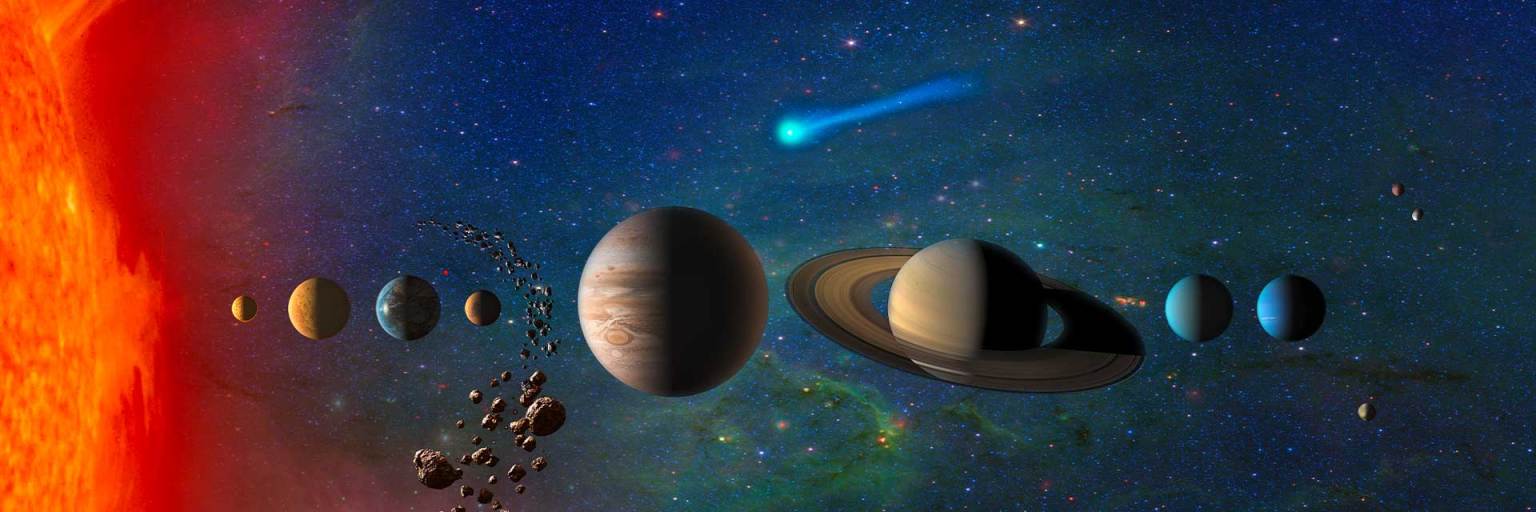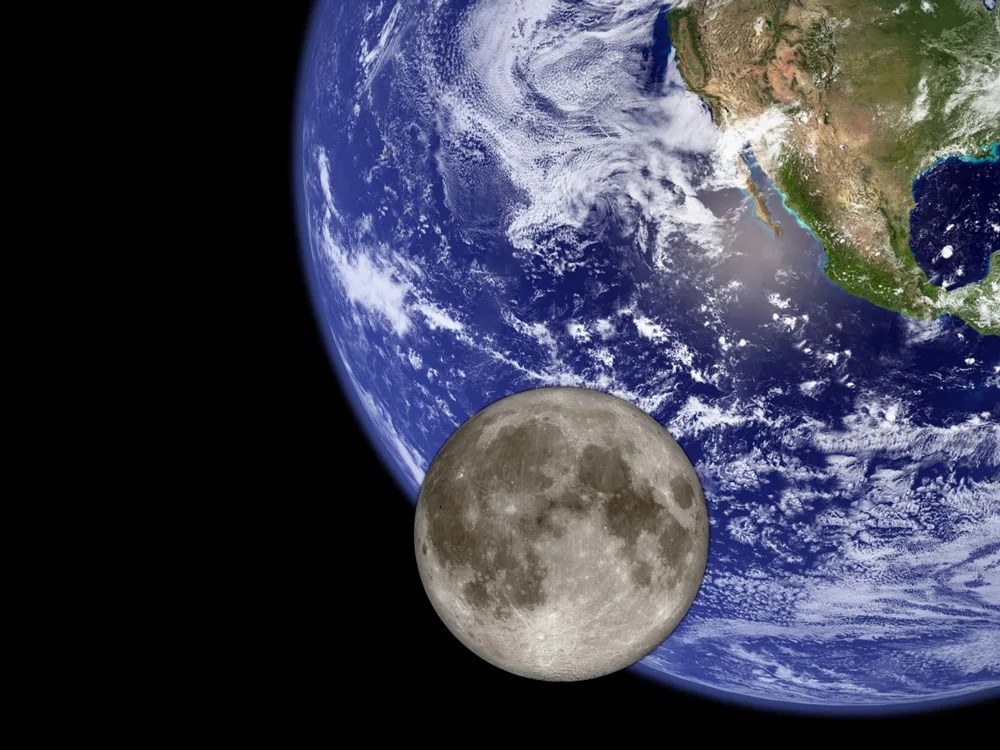Planetary Mission Senior Reviews (PMSR)
NASA’s planetary science missions near the end of their prime mission (PM) or extended mission (EM) may propose an extension. These extended missions can leverage NASA’s large investment in order to perform continued science operations at a cost far lower than developing a new mission. In some cases, the extensions allow missions to continue to acquire valuable long-duration datasets, while in other cases, EMs allow missions to visit new targets, with entirely new science goals. The ‘Senior Review’ of these proposals typically happens every three years, by a panel made of experts from academia, NASA, and industry.
2025 Planetary Mission Senior Review (PMSR25)
Missions reviewed:
Lunar Reconnaissance Orbiter (LRO), Mars Odyssey (ODY), Mars Reconnaissance Orbiter (MRO), Mars Science Laboratory (MSL), Mars Atmosphere and Volatile EvolutioN (MAVEN), and Juno

2025 Planetary Mission Senior Review (PMSR25)
Missions reviewed:
Lunar Reconnaissance Orbiter (LRO), Mars Odyssey (ODY), Mars Reconnaissance Orbiter (MRO), Mars Science Laboratory (MSL), Mars Atmosphere and Volatile EvolutioN (MAVEN), and Juno

2022 Planetary Mission Senior Review (PMSR22)
Missions reviewed:
InSight, LRO (Lunar Reconnaissance Orbiter), Mars Odyssey, MAVEN (Mars Atmospheric and Volatile Evolution), MRO (Mars Reconnaissance Orbiter), MSL (Mars Science Laboratory), New Horizons, and OSIRIS-REx/APEX (Origins, Spectral Interpretation, Resource Identification, and Security – Regolith Explorer/Apophis Explorer)
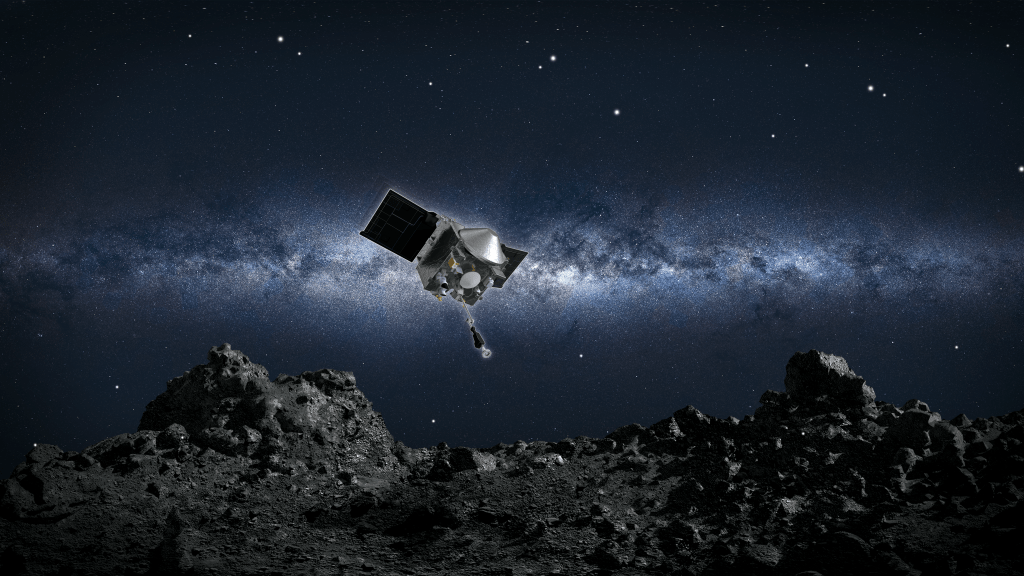
2022 Planetary Mission Senior Review (PMSR22)
Missions reviewed:
InSight, LRO (Lunar Reconnaissance Orbiter), Mars Odyssey, MAVEN (Mars Atmospheric and Volatile Evolution), MRO (Mars Reconnaissance Orbiter), MSL (Mars Science Laboratory), New Horizons, and OSIRIS-REx/APEX (Origins, Spectral Interpretation, Resource Identification, and Security – Regolith Explorer/Apophis Explorer)

2022 Planetary Mission Senior Review (PMSR22)
Missions reviewed:
InSight, LRO (Lunar Reconnaissance Orbiter), Mars Odyssey, MAVEN (Mars Atmospheric and Volatile Evolution), MRO (Mars Reconnaissance Orbiter), MSL (Mars Science Laboratory), New Horizons, and OSIRIS-REx/APEX (Origins, Spectral Interpretation, Resource Identification, and Security – Regolith Explorer/Apophis Explorer)

2022 Planetary Mission Senior Review (PMSR22)
Missions reviewed:
InSight, LRO (Lunar Reconnaissance Orbiter), Mars Odyssey, MAVEN (Mars Atmospheric and Volatile Evolution), MRO (Mars Reconnaissance Orbiter), MSL (Mars Science Laboratory), New Horizons, and OSIRIS-REx/APEX (Origins, Spectral Interpretation, Resource Identification, and Security – Regolith Explorer/Apophis Explorer)

2020 Planetary Mission Senior Review (PMSR20)
Missions reviewed:
InSight and Juno
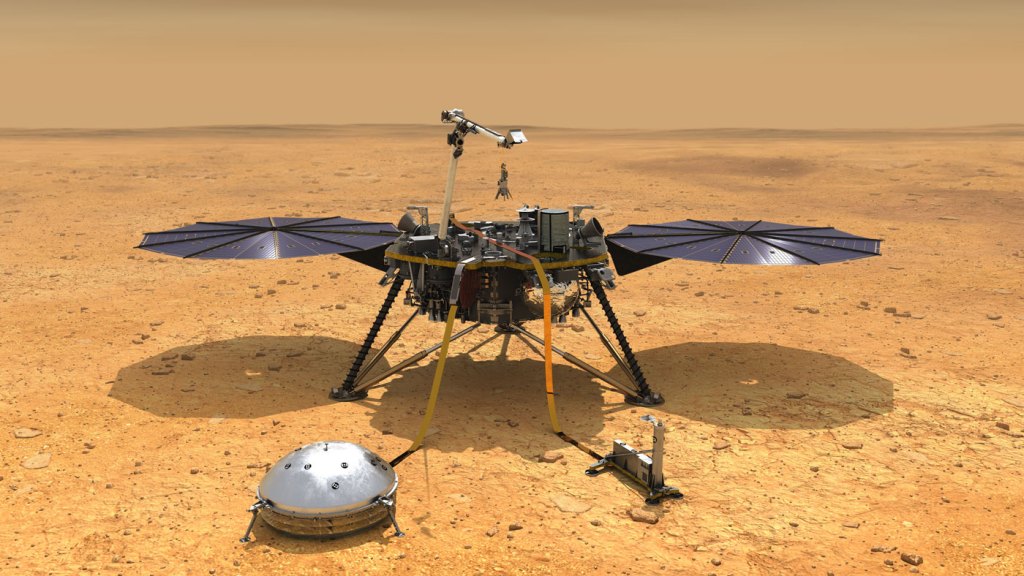
2020 Planetary Mission Senior Review (PMSR20)
Missions reviewed:
InSight and Juno

2020 Planetary Mission Senior Review (PMSR20)
Missions reviewed:
InSight and Juno
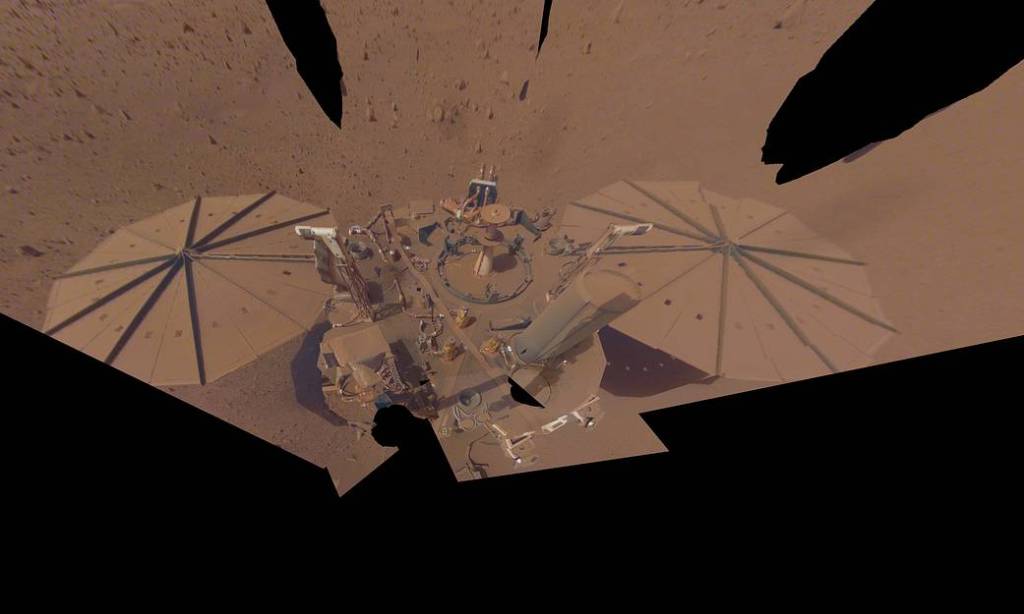
2020 Planetary Mission Senior Review (PMSR20)
Missions reviewed:
InSight and Juno

2019 Planetary Mission Senior Review (PMSR19)
Missions reviewed:
LRO (Lunar Reconnaissance Orbiter), Mars Odyssey, Mars Express, MAVEN (Mars Atmospheric and Volatile Evolution), MRO (Mars Reconnaissance Orbiter), and MSL (Mars Science Laboratory)

2019 Planetary Mission Senior Review (PMSR19)
Missions reviewed:
LRO (Lunar Reconnaissance Orbiter), Mars Odyssey, Mars Express, MAVEN (Mars Atmospheric and Volatile Evolution), MRO (Mars Reconnaissance Orbiter), and MSL (Mars Science Laboratory)
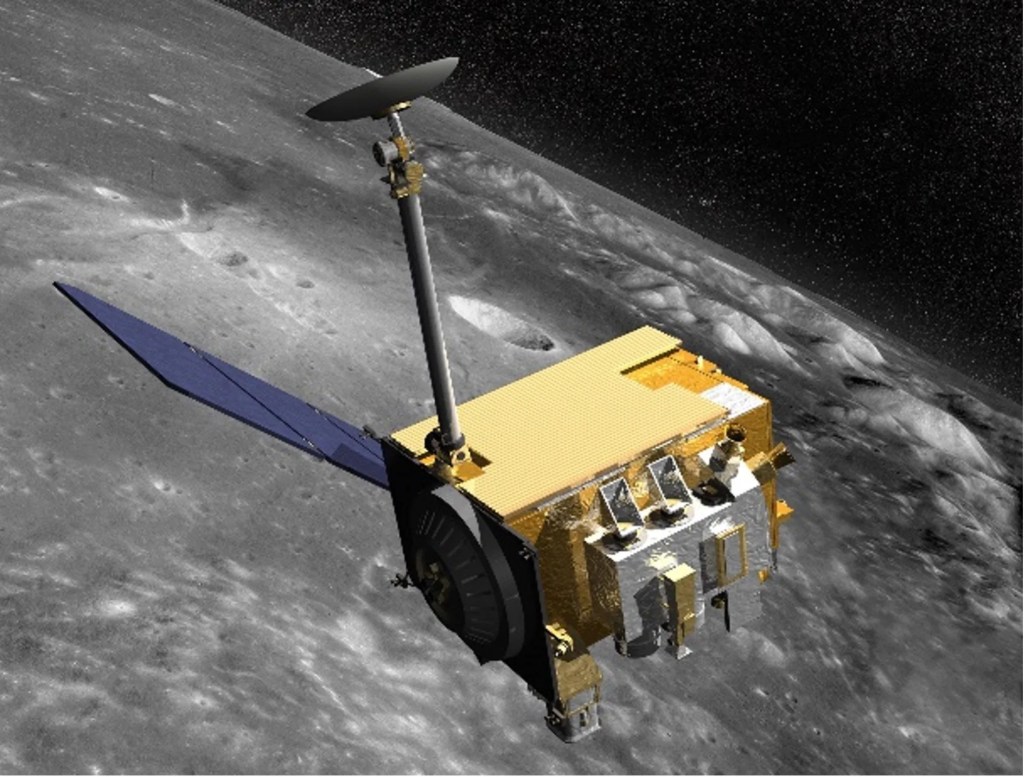
2019 Planetary Mission Senior Review (PMSR19)
Missions reviewed:
LRO (Lunar Reconnaissance Orbiter), Mars Odyssey, Mars Express, MAVEN (Mars Atmospheric and Volatile Evolution), MRO (Mars Reconnaissance Orbiter), and MSL (Mars Science Laboratory)

2019 Planetary Mission Senior Review (PMSR19)
Missions reviewed:
LRO (Lunar Reconnaissance Orbiter), Mars Odyssey, Mars Express, MAVEN (Mars Atmospheric and Volatile Evolution), MRO (Mars Reconnaissance Orbiter), and MSL (Mars Science Laboratory)
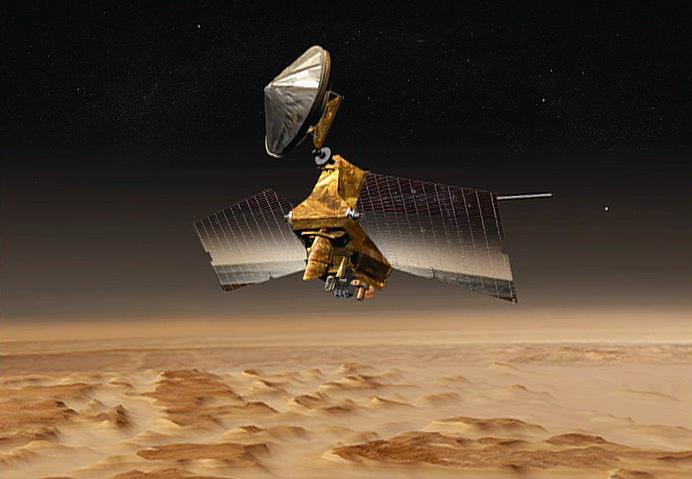
2016 Planetary Mission Senior Review (PMSR16)
Missions reviewed:
LRO (Lunar Reconnaissance Orbiter), Mars Express, Mars Odyssey, MAVEN (Mars Atmospheric and Volatile Evolution), MER (Mars Exploration Rovers), MRO (Mars Reconnaissance Orbiter), MSL (Mars Science Laboratory), and New Horizons
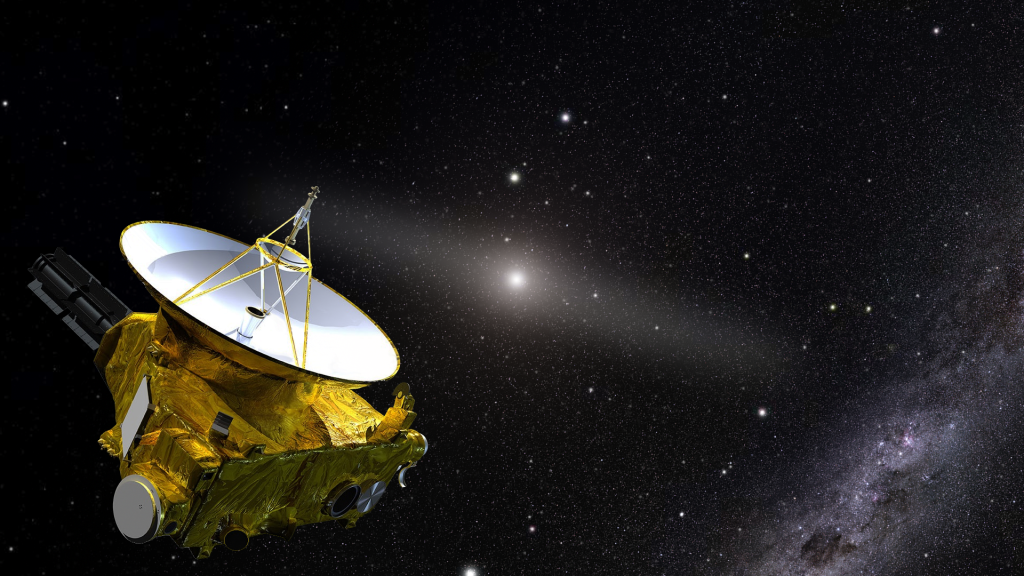
2016 Planetary Mission Senior Review (PMSR16)
Missions reviewed:
LRO (Lunar Reconnaissance Orbiter), Mars Express, Mars Odyssey, MAVEN (Mars Atmospheric and Volatile Evolution), MER (Mars Exploration Rovers), MRO (Mars Reconnaissance Orbiter), MSL (Mars Science Laboratory), and New Horizons

2014 Planetary Mission Senior Review (PMSR14)
Missions reviewed:
Mars Express, Mars Odyssey, MER (Mars Exploration Rovers), MRO (Mars Reconnaissance Orbiter), and MSL (Mars Science Laboratory)

2014 Planetary Mission Senior Review (PMSR14)
Missions reviewed:
Mars Express, Mars Odyssey, MER (Mars Exploration Rovers), MRO (Mars Reconnaissance Orbiter), and MSL (Mars Science Laboratory)
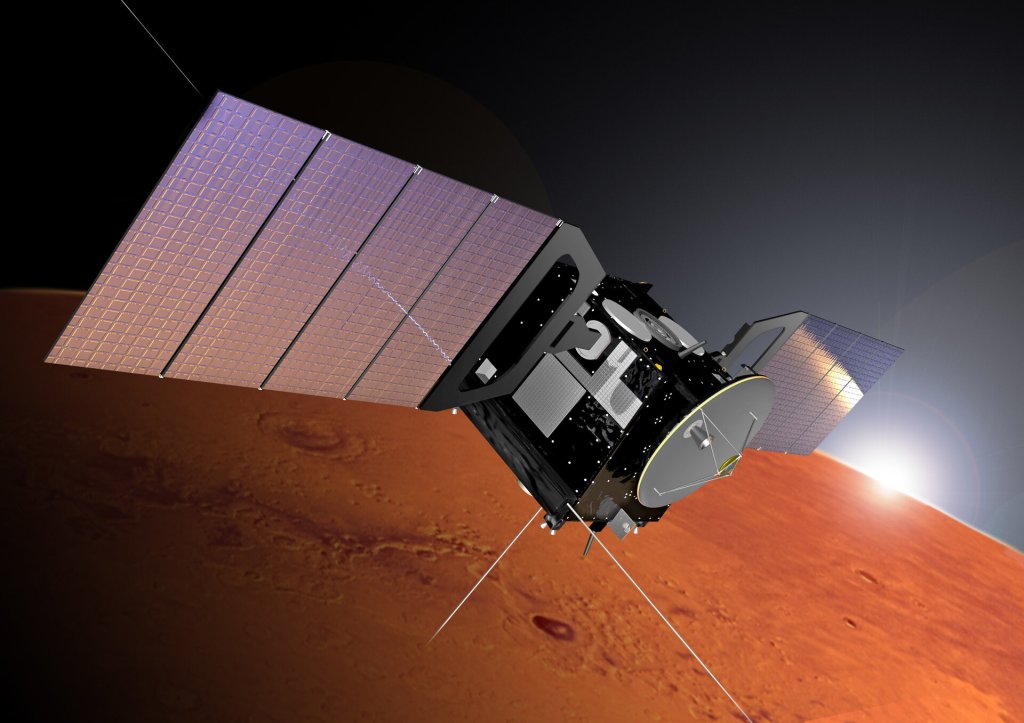
2012 Planetary Mission Senior Review (PMSR12)
Missions reviewed:
Cassini, Deep Impact, LRO (Lunar Reconnaissance Orbiter), Mars Express, Mars Odyssey, MER (Mars Exploration Rovers), and MRO (Mars Reconnaissance Orbiter)

2000 Planetary Mission Senior Review (PMSR00)
Missions reviewed:
DS1 (Deep Space 1), Galileo, MGS (Mars Global Surveyor), and NEAR (Near Earth Asteroid Rendezvous)

2000 Planetary Mission Senior Review (PMSR00)
Missions reviewed:
DS1 (Deep Space 1), Galileo, MGS (Mars Global Surveyor), and NEAR (Near Earth Asteroid Rendezvous)




























